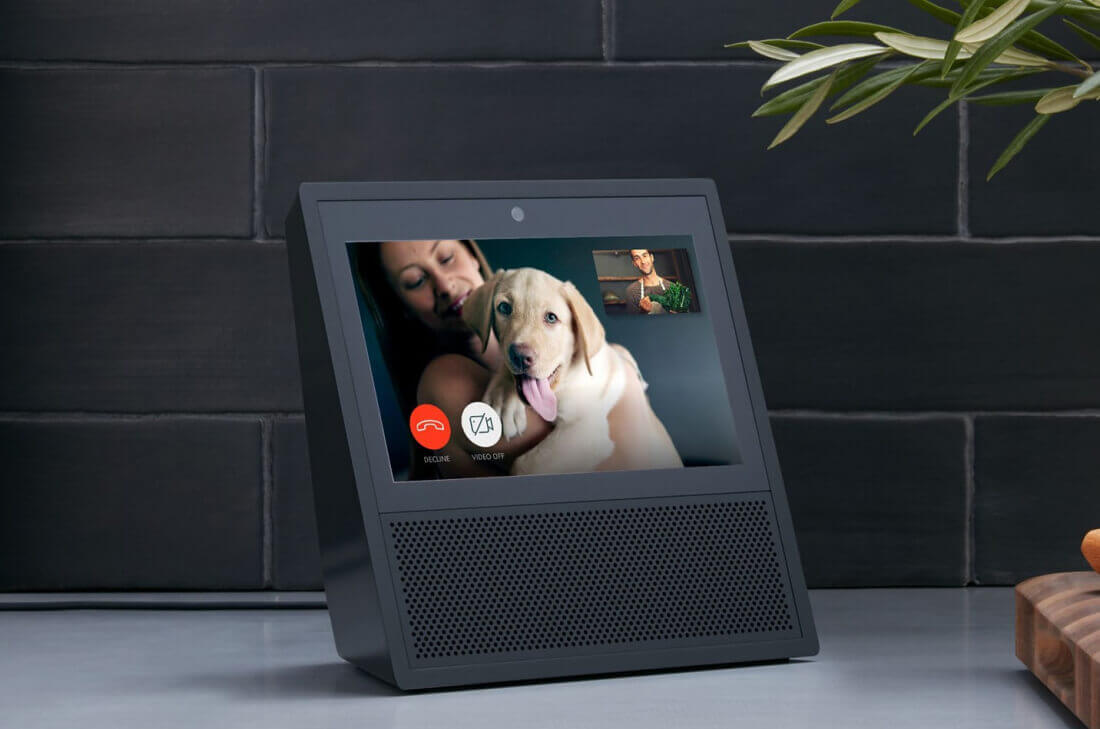It's been almost three months since Google fired its first shot in the war against Amazon by stopping the Echo Show from accessing YouTube. The site returned to the Alexa-powered device two weeks ago through a workaround that directed users to the web version, but Google isn't backing down. The search giant has again pulled YouTube support from the Echo Show and will soon do the same with Fire TV.
In September, Amazon said there was no explanation given as to why Google removed YouTube from the Echo Show. Google called it a "broken user experience," which likely referred to the device's inability to use features such as subscribing to channels, autoplay, and next video recommendations, though the way it displayed ads and tracked users were likely to be influencing factors.
In an act of retaliation, Amazon pulled Google's Nest E Thermostat, Nest's Camera IQ, and the Nest Secure alarm system from its store.
YouTube eventually returned to the Echo Show, this time with the missing features in place. However, the new version overlays voice controls on top of the streaming site, something Google claims violates its Terms of Service.
A YouTube spokesperson placed the blame firmly on Amazon's refusal to carry Google's products.
We've been trying to reach agreement with Amazon to give consumers access to each other's products and services. But Amazon doesn't carry Google products like Chromecast and Google Home, doesn't make Prime Video available for Google Cast users, and last month stopped selling some of Nest's latest products. Given this lack of reciprocity, we are no longer supporting YouTube on Echo Show and FireTV. We hope we can reach an agreement to resolve these issues soon.
While Echo Show owners will stop seeing YouTube today, Fire TV users will lose support on January 1. It's likely that Google is hoping to force Amazon back to the negotiating table with the move, which will affect a large number of its customers.
Responding to Google's actions, Amazon said: "Echo Show and Fire TV now display a standard web view of YouTube.com and point customers directly to YouTube's existing website. Google is setting a disappointing precedent by selectively blocking customer access to an open website. We hope to resolve this with Google as soon as possible."
Ultimately, it seems the biggest loser in all this squabbling will be the consumers who use Amazon's devices.
